Why have so many smart people “lost the plot” on brand purpose?
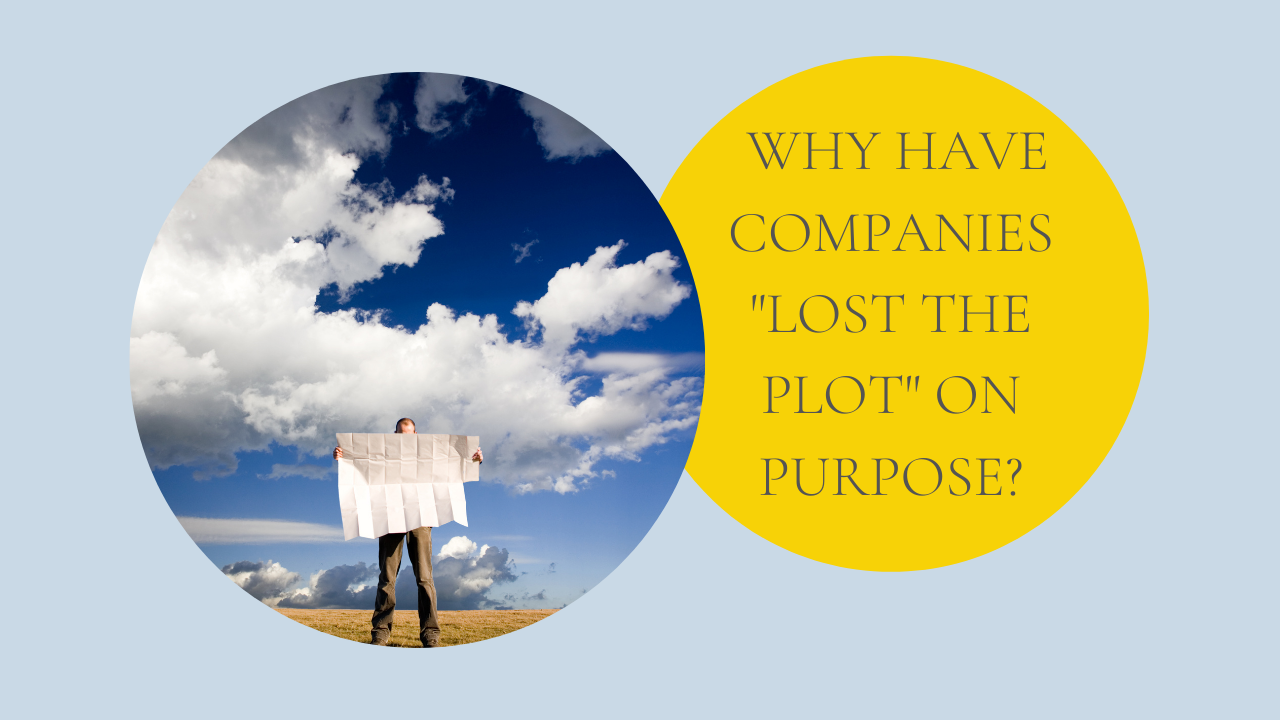
Purpose received one of its most brutal critiques last week when Terry Smith, manager of the £29bn Fundsmith Equity fund, lashed out at Unilever’s “ludicrous” focus on sustainability, in response to their poor -0.2% annual return to his shareholders.
He wrote that:
“Unilever seems to be labouring under the weight of a management which is obsessed with publicly displaying sustainability credentials at the expense of focusing on the fundamentals of the business.… A company which feels it has to define the purpose of Hellmann’s mayonnaise has in our view clearly lost the plot. The Hellmann’s brand has existed since 1913, so we would guess that by now consumers have figured out its purpose (spoiler alert — salads and sandwiches).”
Sadly, this is not a new thing. As I wrote in the 3 Problems With Purpose, the idea that your brand needs to be ALL about a social mission or sustainability is tripping up countless CEOs and founders.
So why have so many smart people “lost the plot" on ...
The 3 Problems With Purpose - And How To Overcome Them
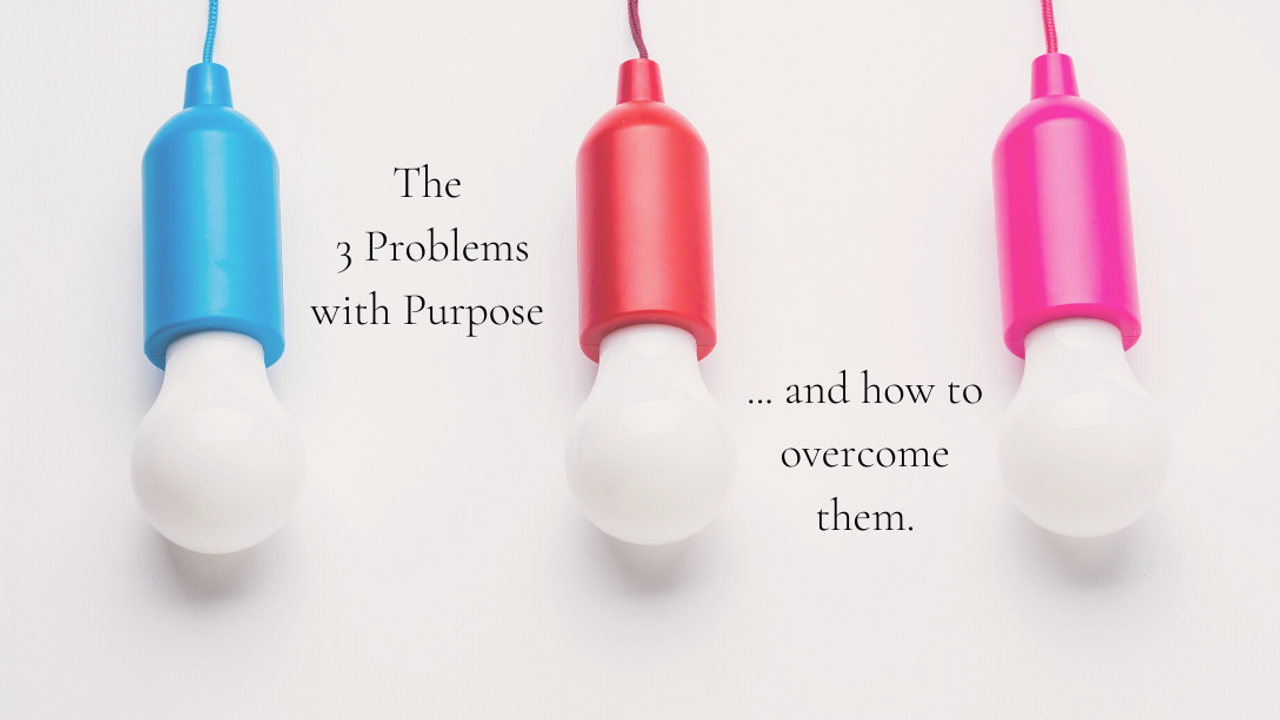
Writing a purpose. Have you tried it yet?
Defining a purpose really means identifying WHY a business exists. It’s one of the four questions you have to answer for a client when defining their brand strategy.
But do a quick Google of the topic, and you’ll see lots of scathing comments about purpose done badly or ‘purpose-washing’.
So how can you ensure you create the right answer for your client?
Well, start by understanding the 3 ways it goes wrong.
Problem with purpose 1: AUTHENTICITY
The first problem with purpose is lack of AUTHENTICITY. Or just not telling the truth.
There are some great purpose statements out there from brands like Tesla, Warby Parker and Patagonia.

But these don’t suit every brand.
If you’re not in business to save the planet, solve racial inequality, save the whales… then don’t pretend you are.
The idea that your brand needs to be ALL about social mission – that 'brand purpose' trumps everything else you do - is tripping up countless CEOs ...
Developing Core Values That Create Winning Brands
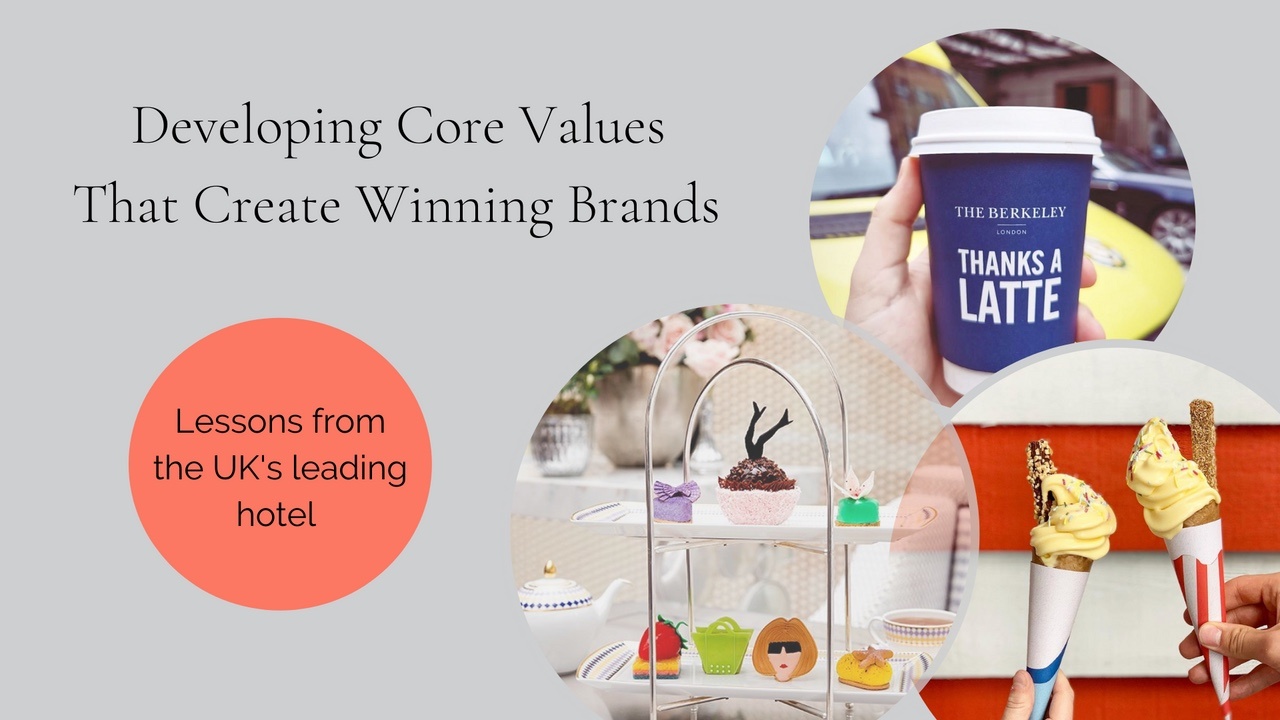
One of my brand strategy clients, The Berkeley, won The Cateys this month - what they call "The Hotel Oscars".
The Berkeley hotel stands out in the crowded field of luxury hotels in London because they really know what they stand for. Part of the work we did together was to codify WHO they are and HOW they do things - what many companies call values, but they call 'The Berkeley Spirit'.
When we wrote the words under The Berkeley Spirit, one of the phrases we used, that we debated for a while, is the idea of having the ‘freedom to break the rules’.
Now, in luxury hoteliery they get measured. A lot. By many outside organisations trying to rank them on things like, 'Did they answer the phone in 3 rings?'. 'Is the knife half an inch from the side of the plate?' On the details that constitute excellence - or so these companies say.
So telling their staff that they have the freedom to break the rules was a courageous move. But a winning one. It allows their staff to think ab...
What Warby Parker can teach ANY company about brand strategy

"We want our brand to be like Warby Parker!"
Heard this one recently???
It used to be, “We want our brand to be like Apple!” (then Patagonia, Tesla and Toms…), now Warby Parker are in the mix.
It's easy to scoff at this - particularly if you're working with a long standing, firmly for-profit business with no social mission baked into their business model. But here's a thought. Every brand CAN be like Warby Parker.
Instead of dismissing comments like these, we should be helping clients understand how.
Before you start to tell me that this is the worst advice - that brands that try to create some sort of brand purpose that is inauthentic with their business practices are brands of the very WORST kind…
I get it.
I agree!
But there’s a different way to look at this.
If we strip out all the terminology around brand purpose and social mission and we just look at what Warby Parker say about their brand, then we have a model that ANY brand can follow.
How your brand can be like W...
The 4 biggest brand strategy myths, and what you need to know instead

After 20 years working as a brand strategist, I’ve seen and heard a lot of confusion about brand strategy.
While it’s the most desired skill CMOs are looking for this year, not many people are offering it, because it appears to be so complicated.
But brand strategy is a really powerful business tool when understood properly.
So here’s the four biggest myths about brand strategy that add to all this confusion, and what you really need to know instead, to help you understand how it can elevate your business.
BRAND STRATEGY MYTH 1: Brand strategy is just about guiding your ‘branding’
This view is what prevents solid businesses from building great brands.
Let’s start by being clear on what each of these things are.
Brand strategy is your decision on what you want to stand for: the associations you want to build about your brand in people’s minds.
‘Branding’ is the process of creating distinctive signals that help to reinforce the associations you want to build, and help your ...
Why is brand strategy important?

Brand strategy has been of great value to me – it’s been a lucrative career path for 20 years. But - full disclosure - I suffered from 'Brand Strategy Imposter Syndrome' for a number of years. Even when I was a senior brand strategist at one of the world's most famous branding agencies, I was always nervous I'd be 'called out' somehow. And partly that was because I had no back-up. Great designs and logos? My agency had these in spades. Data, facts and research on why brand strategy was necessary for a business and how it impacted their bottom line? Tumbleweed...
So when I set up on my own I made sure I developed this back-up. Because many times on my 20 year journey I’ve had to explain why brand strategy is valuable for my clients. Typically not to CMOs – they get how it’s critical for all branding and marketing activities (but often don’t focus on its impact beyond this).
The challenge is usually convincing other members of the C-suite: the CEO, COO, CFO, CIO, CHRO… that bran...
Business strategy, brand strategy and marketing strategy - what's the difference?
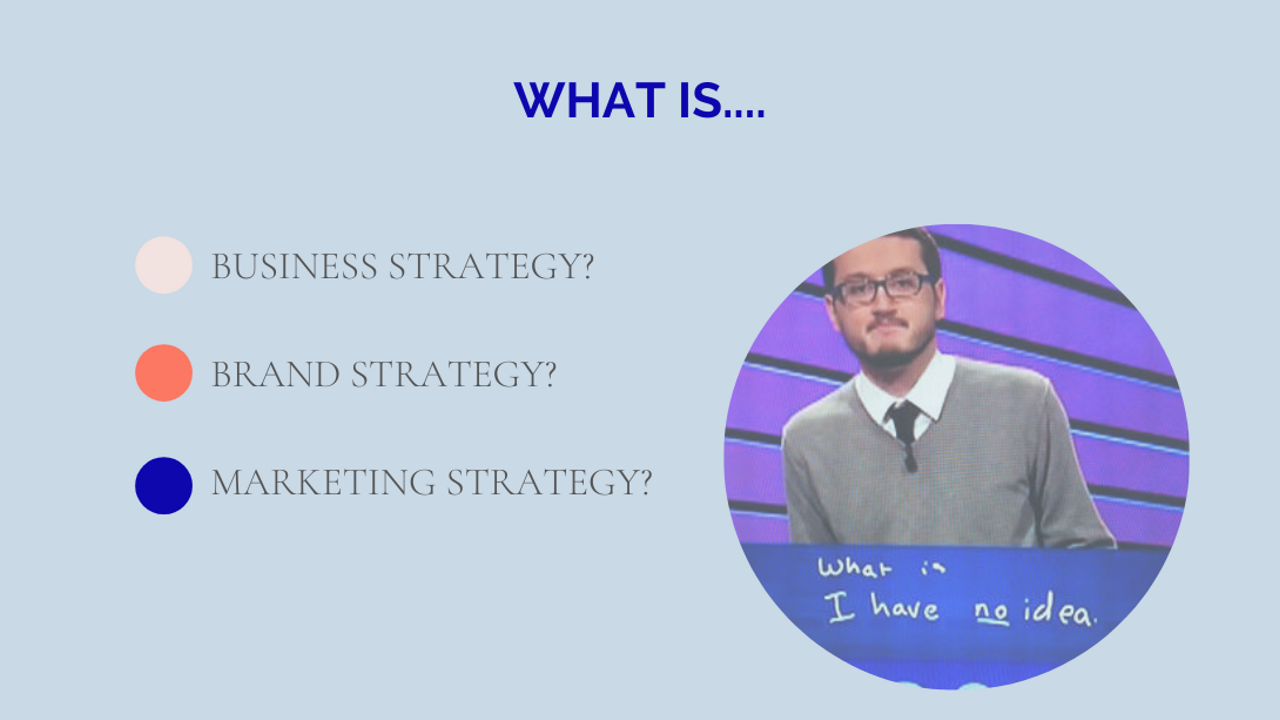
Jargon and definitions can make marketing and branding feel impossible to learn. I'm on a mission to make things clearer! In this blog I clear up:
What is a marketing strategy?
What’s the difference between marketing strategy and brand strategy?
What’s the difference between brand strategy and business strategy?
And what’s the answer to the ultimate question of life, the universe, and everything??? (Well, we know that’s 42. Read on for the rest).
What is business strategy vs. brand strategy vs. marketing strategy?
Business strategy identifies where an organisation wants to go.
It usually includes a hard metric vision or goal like, 'to be a $10 billion business by 2025', or 'to grow by 35% in the next 5 years'. It also includes the operational changes required to help to get there.
Brand strategy is really about why people should care. Because the only way an organisation can achieve their business strategy is through people – more people buying their product or service, a...
Storytelling For Brand Strategy: A Framework From Donald Miller’s, 'Building A Story Brand'
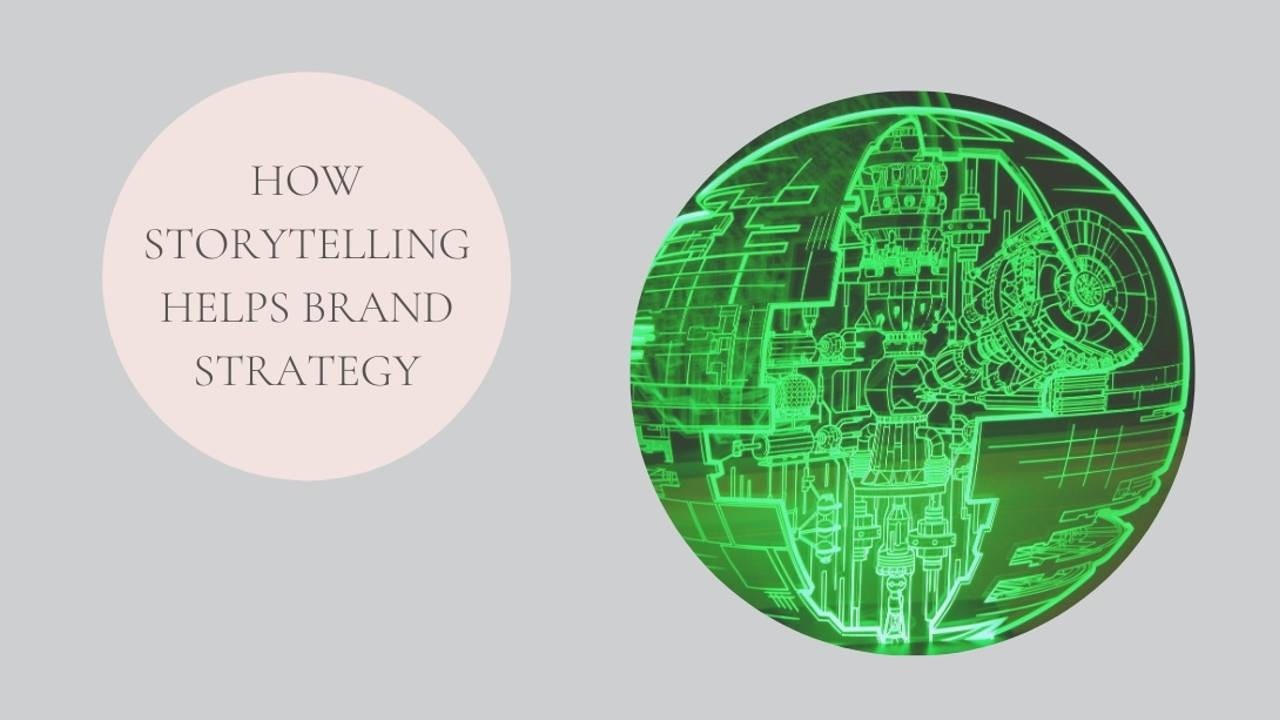
I was recently on a post where we all gave our recommendations on the best branding books to read. One book popped up a lot: 'Building A Story Brand', by Donald Miller.
It promises to help you ‘clarify your message so customers will listen.’
Since bringing clarity to brand strategy is a personal mission of mine, I gave it a read and found it really useful.
Read on for the three big takeouts that can help you improve your brand strategy work.
How stories help brand strategy
Overall, the book is a great reminder to brand strategists and marketers of the core things that can make or break strategy and messaging.
Miller’s point of view is that having a strategy, and then communicating this clearly, isn’t the cherry on the cake. It’s just as important as having a great product or service in the first place.
“The reality is we aren’t just in a race to get our products to market; we’re also in a race to communicate why our customers need those products in their lives. Even if w...
Five Ways To Measure Your Brand Health

Being healthy. Is there a better life goal than that one?
But how do you know how healthy you are?
Well, there are lots of things you can check and measure.
And the same applies to brands too.
So, how healthy are the brands you're working on?
The five ways to measure your brand health
Measuring brand health sounds like a tricky topic so it’s easy to ignore it - to jump into tactics for growth rather than putting in benchmarks for health.
But if you don’t know your starting point, how do you know if your tactics are the right ones?
Do this brand health check at least once a year then PLAN against the results and you’re more likely to see the progress you’re looking for.
It’s not as tricky as you’d think.
Here’s the five things you need to cover, and you can do this in just 2 bits of research – one that’s customer-focused, and one that’s employee-focused.
- Funnel health
- Brand associations
- Employee engagement
- Net promoter score
- Fit for purpose brand identity
1. St...
Why Brand Archetypes Don’t Work

Type ‘Brand Archetypes’ into Google and you’ll find countless articles and explanations of the usefulness of these 12 categories in defining your ‘brand personality’.
If you’ve never seen this tool – it originated with Carl Jung’s four main human archetypes, which marketers expanded into 12, as this graphic from Iconic Fox shows.

But don’t get too excited.
It doesn’t work.
Why Brand Archetypes Don’t Work
Where it all falls down is when you try and put it into practice. What actually happens when you try and use it with a client is a conversation along the lines of, “Well, we’re partly a Sage, but we really offer freedom so I guess that means we’re an Explorer? But we’ve always been known for our humour – so then we’re a Jester too…???”
It forces you into a one-dimensional place, and that’s not a marker of a strong brand.
Let’s look at some of the examples espoused to prove that this works.
People will point you to memorable characters in films, and claim they are loved ...


